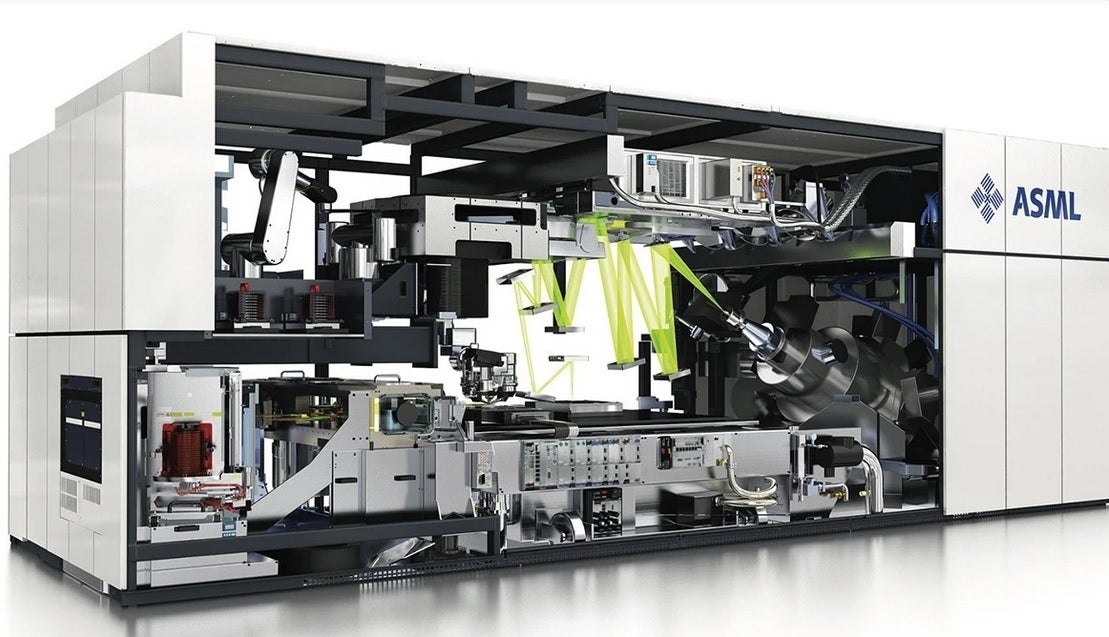Report: Huawei to release a 5G phone later this year using chips made in China

Thanks to America's crackdown against Huawei, which includes putting the company on the U.S. Commerce Department's Entity List, and preventing the manufacturer from receiving cutting-edge chips, Huawei has been unable to produce a handset that offers 5G connectivity. To work around the U.S. export rule that bans chip foundries using American tech from shipping the latest SoCs to Huawei, the company has been forced to power its flagship phones with Snapdragon chipsets that are tweaked to work with 4G networks but not 5G.
2021's Huawei P50 Pro, last year's highly-regarded Huawei Mate 50 series, and this year's P60 line all have cases available that bring 5G connectivity to the aforementioned models. But Reuters reports today that Huawei's own breakthrough semiconductor design tools will allow China's largest foundry, Semiconductor Manufacturing International Co (SMIC), to churn out chipsets that support 5G.
Huawei could produce its own 5G-enabled chips later this year
Reuters cites three third-party tech firms that research China's smartphone industry as the sources for its story. These companies requested anonymity because of confidentiality agreements they have with their clients. The information they have was gathered from supply chain contacts and company announcements.

This $300 million EUV lithography machine, which etches circuitry patterns on silicon wafers, cannot be shipped to China
The U.S. restrictions against Huawei were put in place because the tech firm is considered to be a national security threat in the U.S. due to its alleged ties with China's Communist Party. Firms like Huawei reportedly must help the Chinese government spy on its behalf if requested to do so. When the U.S. placed Huawei on the Entity List, the company was on the verge of becoming the largest smartphone manufacturer in the world before its consumer revenue dropped from the equivalent of $67 billion in 2020 to half that amount in 2021.
Not that Huawei hasn't worked hard to get out of the hole it found itself in. With its name on the Entity List, Huawei is not allowed to access its U.S. supply chain without receiving special licenses. As a result, it no longer had access to the proprietary Google version of Android forcing the Chinese manufacturer to develop its own HarmonyOS. And Huawei Mobile Services replaced Google Mobile Services creating an ecosystem containing Huawei's own apps including the Huawei App Gallery to replace the Play Store.
Huawei has been able to garner a 10% market share in China during the first quarter and while the news that it will produce 5G phones using domestically produced 5G enabled chips sounds good, there are some caveats. SMIC's N+1 manufacturing process has a yield under 50% which means, according to one smartphone researcher in China, only two to four million units can be made. Another firm estimated a cap of 10 million units could be possible.
In 2019, Huawei shipped a company-record 240.6 million smartphones. 20% of those phones came from its Honor sub-unit which it sold off to free the brand from the U.S. restrictions, and to raise cash. Without mentioning 5G, Huawei reportedly raised its smartphone shipping target for 2023 to 40 million units from 30 million according to the state-run China Securities Journal newspaper.
Huawei's semiconductor tools could help SMIC manufacture 7nm chips in China
Partially related to the U.S. ban, SMIC, and other Chinese foundries are unable to purchase EUV lithography machines. With billions of transistors inside cutting-edge chips, extremely thin circuitry patterns are etched into silicon wafers by these machines. These patterns are the foundation on top of which billions of transistors are placed to create cutting-edge integrated circuits.
Huawei's new semiconductor production tools are believed to allow it to build its own lithography machine. The company has received patents for this work although right now only Dutch firm ASML builds and sells the Extreme Ultraviolet Lithography machine. The three research firms that spoke with Reuters believe that SMIC can produce 7nm chips which is well behind the 3nm node that TSMC and Samsung Foundry can ship today.
But it is worth it for Huawei to use its own 7nm chips (built by SMIC) that will support 5G instead of using 4nm Snapdragon chipsets that won't work with 5G signals. After all, the company has its own chip design unit, HiSilicon, and would surely prefer using its own semiconductors even if they are not as cutting-edge as the chipsets that rival manufacturers are using.
Follow us on Google News











Things that are NOT allowed:
To help keep our community safe and free from spam, we apply temporary limits to newly created accounts: